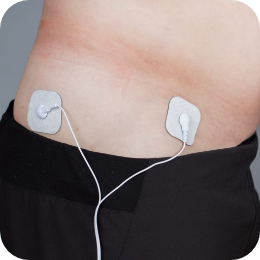Our PAT treats the following hip pain conditions.
Hip Pain
- HIP ARTHRITIS
- BURSITIS
- HIP FRACTURE
- HIP IMPINGEMENT
- SNAPPING HIP SYNDROME
Hip arthritis is very common especially with aging but can also happen in younger people if there has been trauma to the hip such as from a motor vehicle accident or if there is a congenital malformation of the hip from birth. Like most any arthritis, this results in inflammation, swelling and pain in the hip area.
Note: some people think of the hip as the top of the pelvic bone (ileum) but it is lower down the side of the pelvis.
Note: some people think of the hip as the top of the pelvic bone (ileum) but it is lower down the side of the pelvis.
Hip bursitis is common and is usually felt just below the hip joint on the lateral side. It can be very painful with swelling and inflammation.
If the hip fracture is not too severe such as a hairline fracture, pain may be severe and this condition should be evaluated by an orthopedic surgeon as it could lead to a full blown hip fracture with stress on the bone.
Hip impingement occurs when the ball and socket of the hip joint don’t fit together properly. The restricted motion damages cartilage and can cause pain and arthritis in young adults.In some cases, the ball is too misshapen to fit properly into the socket. Sometimes, the exterior edge of the socket extends to the point that it covers too much of the ball. Hip impingement also can be caused by a combination of these two problems.
Snapping hip syndrome, sometimes called dancer’s hip, is a condition in which you hear a snapping sound or feel a snapping sensation in your hip when you walk, run, get up from a chair, or swing your leg around. For most people, the condition is little more than an annoyance and the only symptom is the snapping sound or sensation itself. But for dancers or athletes, snapping hip syndrome symptoms may also include pain and weakness that interfere with performance. This usually is caused from one of the hip muscles (most commonly the ilio-tibial band moving across the greater trochanter of the hip bone.

For hip pain, use this photo as a guide for electrode placement.